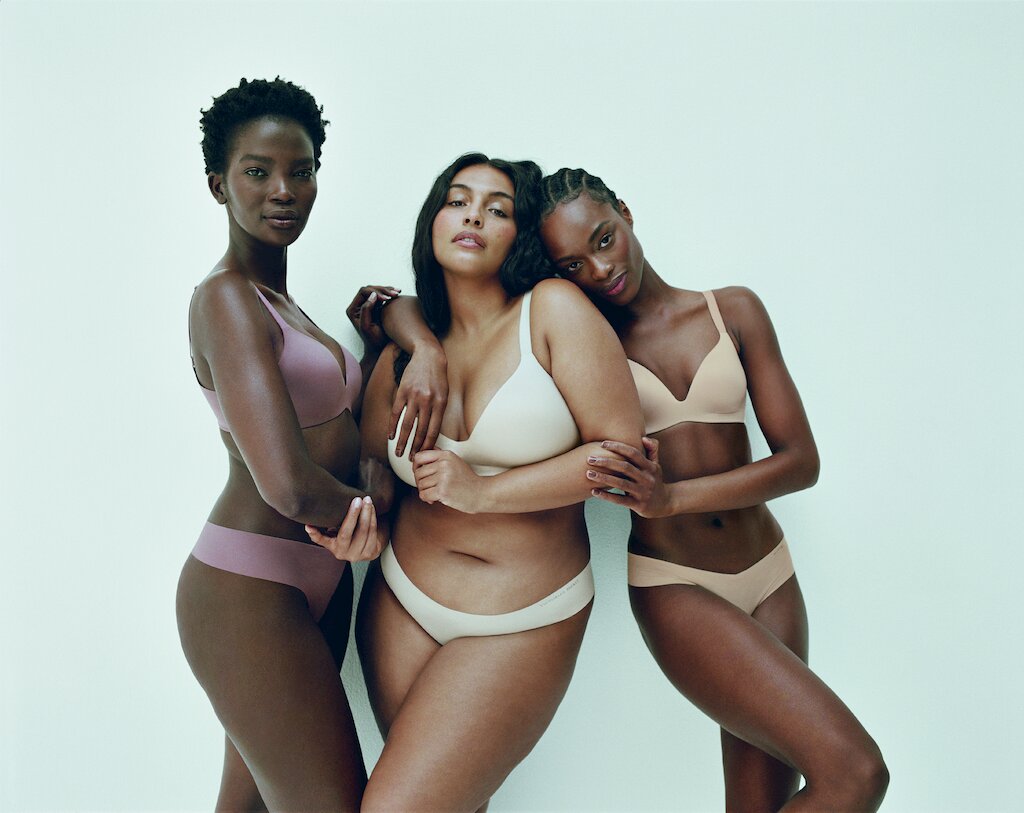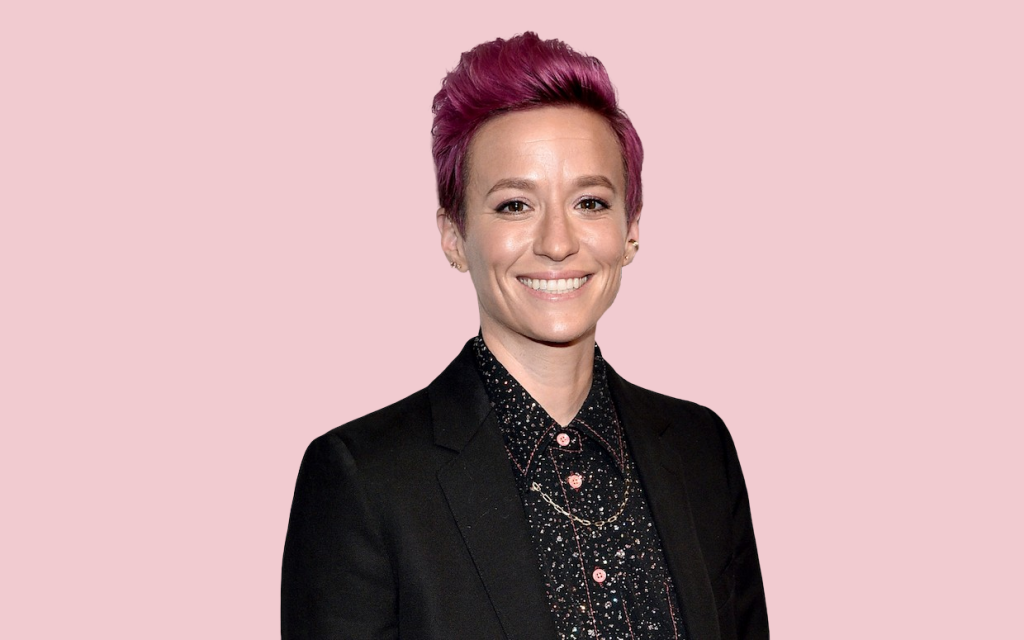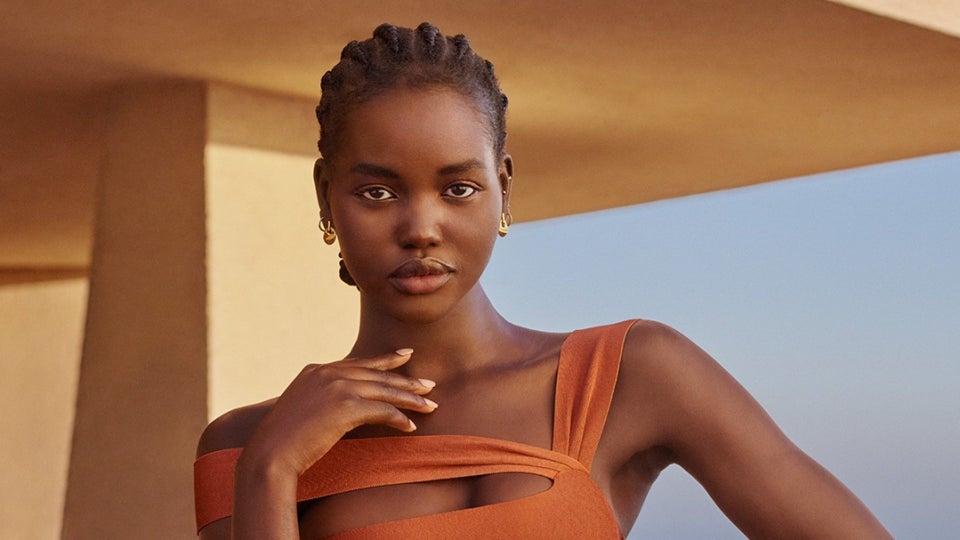When you hear ‘Victoria’s Secret’, you will be forgiven if the first image that comes to your mind is one of rail-thin, beautiful models on glittery catwalks, decked out themselves sometimes in diamond-encrusted wings, sometimes in elaborate feathery wings and well, undeniably beautiful underwear, strutting down confidently and blowing kisses to the crowd.
In fact, you will not be forgiven if this was not the image that immediately popped into your head when the American lingerie brand is mentioned. These supermodels dubbed ‘Angels’ were synonymous with the brand, and its annual show where they featured was one of the most anticipated fashion shows of the mid-’90s to the early 2000s.

The times have changed, and with more modern movements that debunk the false stereotype of how a woman’s body should look like (read: like a Victoria’s Secret Angel’s), the lingerie brand has seen its popularity plummet as consumers gravitate to brands that are more inclusive and less sexist.
Add to this the fact that Victoria’s Secret has come under heavy scrutiny for its owner’s relationship with the sex offender Jeffrey Epstein and revelations about a misogynistic corporate culture that trafficked in sexism, sizeism and ageism, and you have the perfect recipe for total obliteration from the world of fashion, whether high, middle or low.

But Victoria’s Secret is not giving up. “When the world was changing, we were too slow to respond,” said Martin Waters, the former head of Victoria’s Secret’s international business who was appointed chief executive of the brand in February. “We needed to stop being about what men want and to be about what women want.”
What he means is the introduction of seven women as the face of the brand who have been chosen not for their proportions but for their achievements. They include 35-year old American footballer, Megan Rapinoe; 17-year old Chinese American freestyle skier and soon-to-be Olympian, Eileen Gu; 38-year-old Indian actor and tech investor, Priyanka Chopra Jonas, and, 29-year-old biracial model and inclusivity advocate, Paloma Elsesser, who was the rare size 14 woman on the cover of Vogue.

These women will not be called angels. Instead, they will form the VS Collective, which the label describes as “an ever-growing group of accomplished women who share a common passion to drive positive change.” Other names include Adut Akech, Valentina Sampaio, and Amanda de Cadenet. They will alternately advise the brand, appear in ads and promote Victoria’s Secret on Instagram.
The brand will also be launching a charitable initiative, the VS Global Fund for Women’s Cancers. Through this, it will fund innovative research projects aimed at progressing treatments and cures for women’s cancers and investing in the next generation of female scientists who represent the diverse population they serve, giving at least $5 million annually to examine and address racial and gender inequities and unlock new innovations that improve cancer outcomes for all women.

Will these initiatives work? Currently, Victoria Secret is still quite powerful, holding 21% of the US women underwear market share. If it is able to convince even more people of its willingness to treat women less as objects of fantasy and more as people with their own needs and wants, then, this rebranding just might be what it needs to go back to the top position it once occupied in the world of lingerie.
For now, it is goodbye to Victoria’s Secret Angels. It is highly doubtful they’ll be missed.
